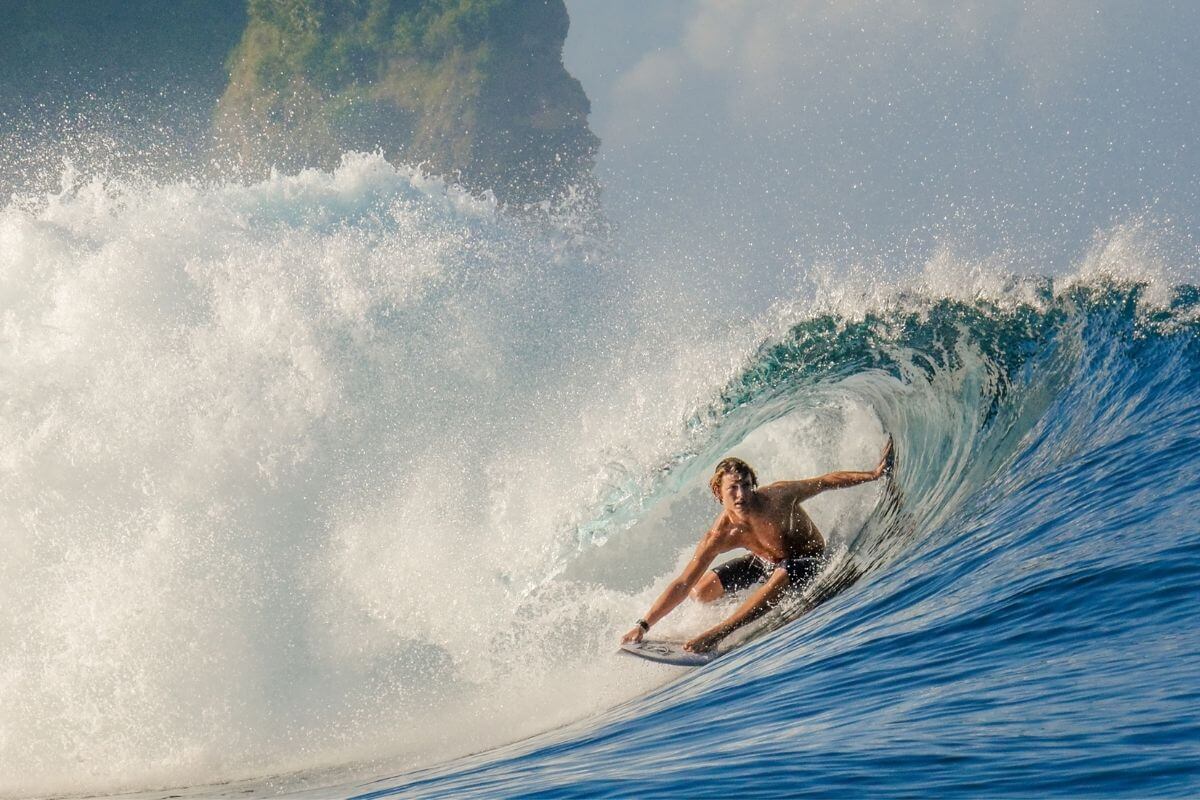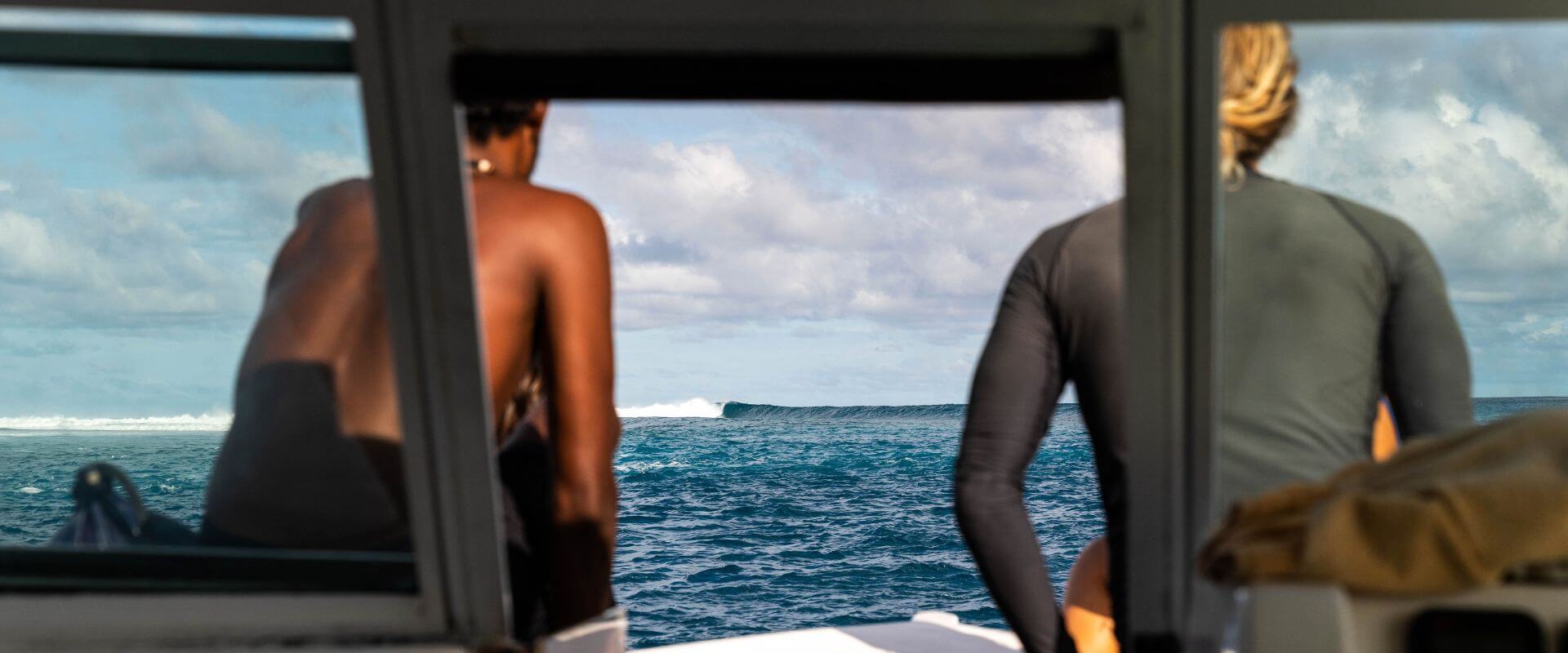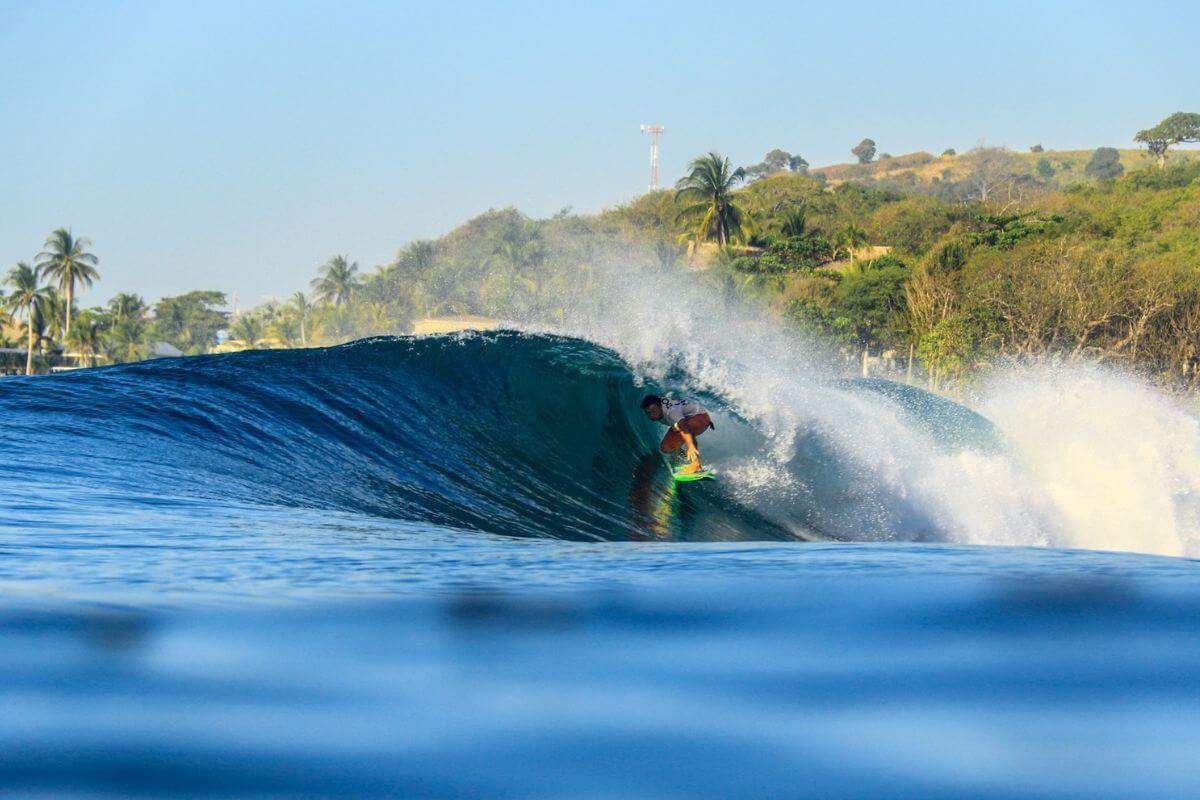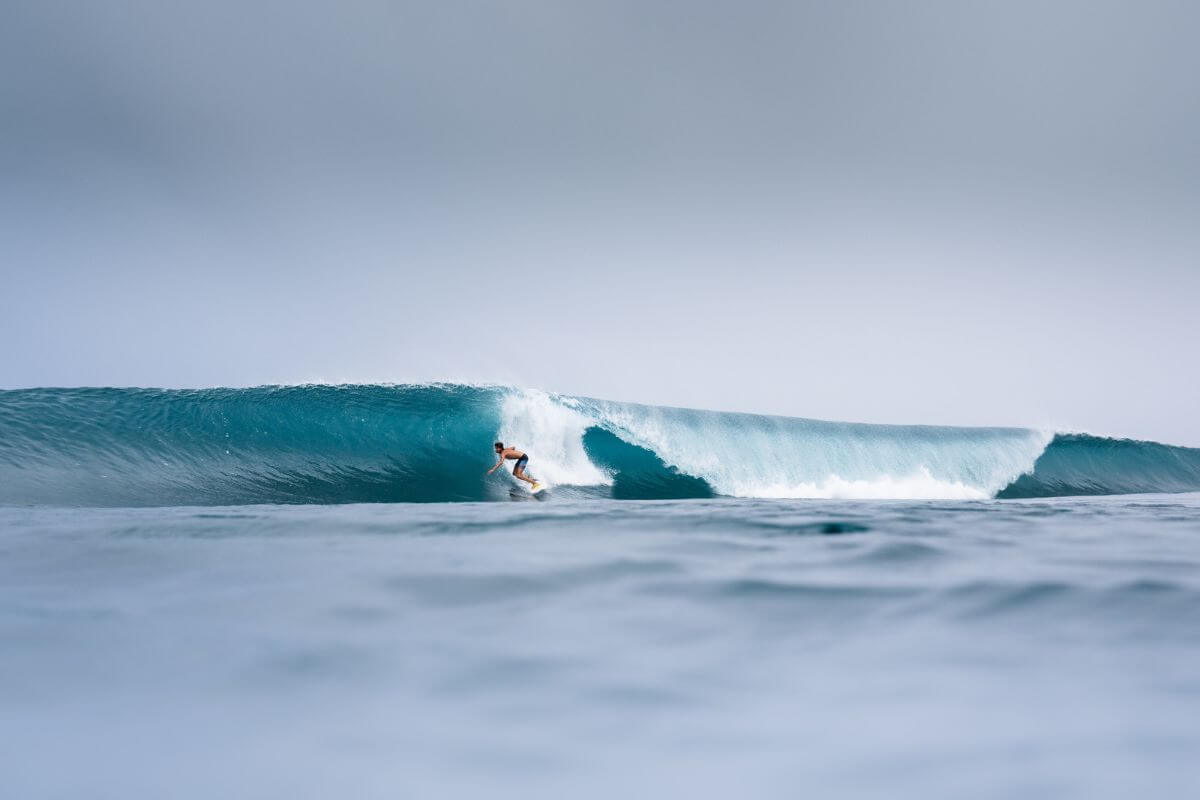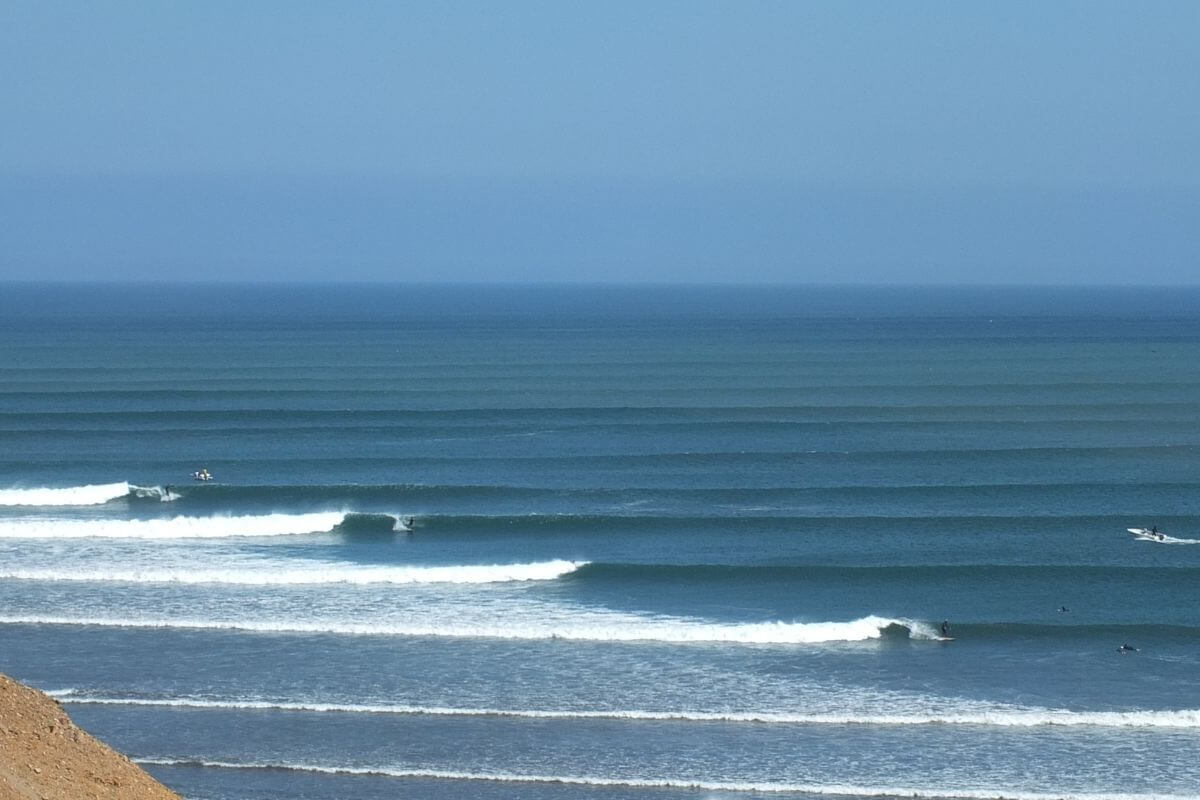Surfing, often considered just a sport, is deeply woven into the cultural tapestries of many coastal societies. It’s a practice that has transcended centuries, traveling across oceans and evolving with each wave. Originally, surfing was not only for recreation but also a pivotal part of ancient rituals and community social structure. It has been a means through which individuals connect with the sea, an element so powerful yet profoundly therapeutic.
Today, we embrace surfing as a bridge between the past and the present, a sport that teaches us about resilience, respect for nature, and the thrill of challenge. As we prepare to delve into the origins of surfing, we find stories of ancient traditions, the spread of surfing cultures around the world, the evolution of surfing equipment, and the role of modern partner charters in facilitating these adventures. This journey isn’t just about tracing the origins of surfing worldwide through historical facts but understanding how a simple act of riding ocean waves has impacted societies, shaped cultures, and inspired communities globally. Join us as we ride the waves of history to uncover the rich and vibrant saga of surfing.
The Ancient Roots of Surfing
Surfing may seem like a modern sport, but its origins go back hundreds of years. Imagine the coastal areas of ancient Polynesia, where the first surfers were said to use hollowed-out canoes to cruise in on unbroken waves.
This ancient sport was not only for the elite; it was a communal activity that brought together people of all ages and classes. Through surfing, ancient people maintained a deep connection with nature, particularly the ocean, which was revered and honoured across generations.
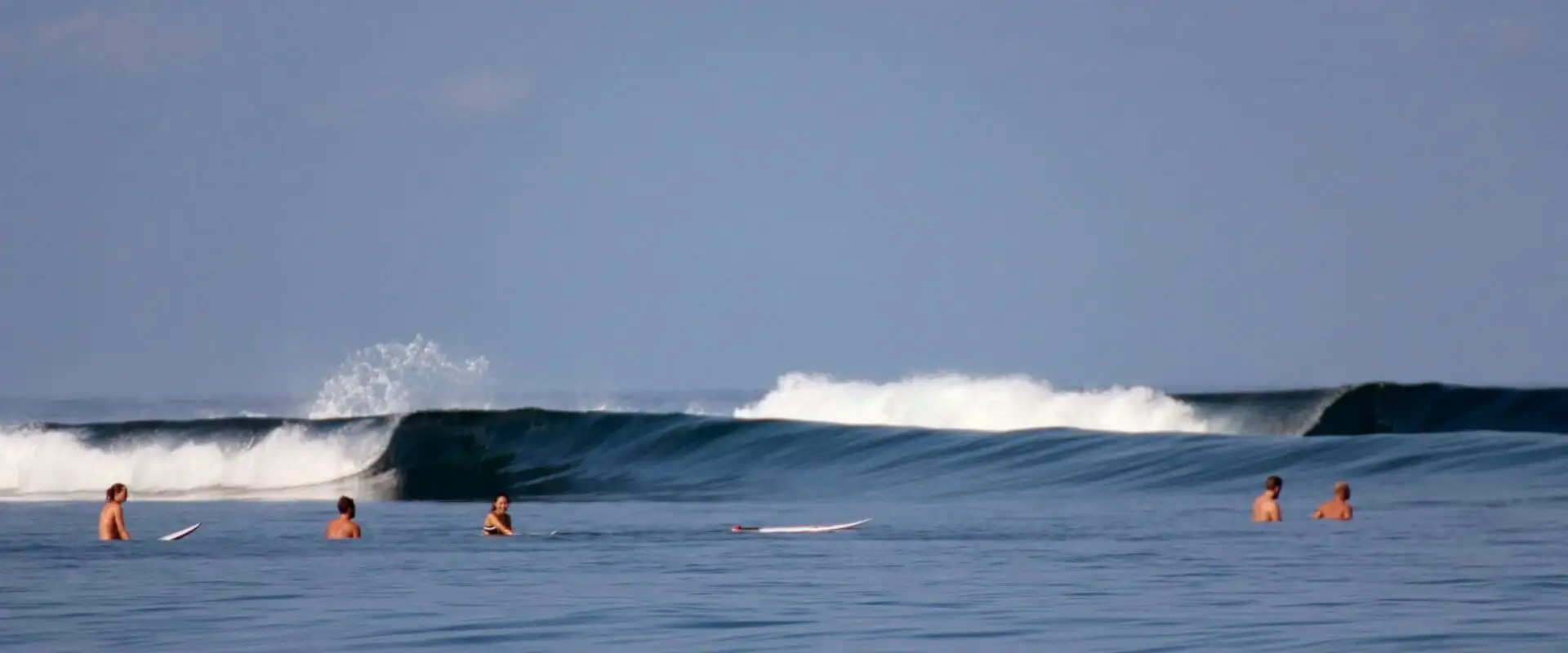
How Surfing Spread Across the World
The birth of modern surfing is credited to the Hawaiian Islands. Here, surfing took its modern form, with surfers taking to the waves on large, wooden boards.
As travel became more accessible, more people witnessed surfing first-hand. The significant turning point for surfing’s global spread came during the 20th century, when Hawaiian surfers such as Duke Kahanamoku, fondly known as the father of modern surfing, showcased their surfing skills abroad. Duke traveled the world, including the United States and Australia, demonstrating surfing and igniting a widespread interest in this exhilarating sport. His charisma and skill brought attention to surfing, transforming it from a regional hobby into a global phenomenon.
Movies and media in the 20th century also played a critical role in popularizing surfing. Films portrayed surfing as an adventurous and liberating lifestyle, which appealed to young people around the world. The music and images of surfing culture influenced fashion, music, and even slang, making surfing not just a sport but a symbol of freedom and excitement that resonated globally.

The Evolution of Surfing Equipment
The tools and equipment used in surfing have seen incredible transformations from their humble beginnings to the high-tech gear we use today. Initially, surfboards were large, heavy wooden planks, often weighing over 100 pounds and measuring up to 16 feet long. These ancient boards were carved from local trees like koa in Hawaii, with designs varying significantly depending on regional traditions. The size and weight made them challenging to manoeuvre, limiting who could participate in surfing effectively.
The development of surfboard technology took a leap forward in the 20th century with the introduction of lighter materials such as balsa wood and, later, fibreglass and foam. These materials allowed for smaller, more agile boards that could be handled more easily by a wider range of people. Innovations didn’t stop there; the addition of the fin in the 1930s revolutionized how surfers could control their boards in the water, offering unprecedented stability and manoeuvrability. Today, we see surfboards made from various advanced materials designed to enhance performance and cater to different surfing styles and conditions. This evolution in equipment has made surfing more accessible and enjoyable for everyone.
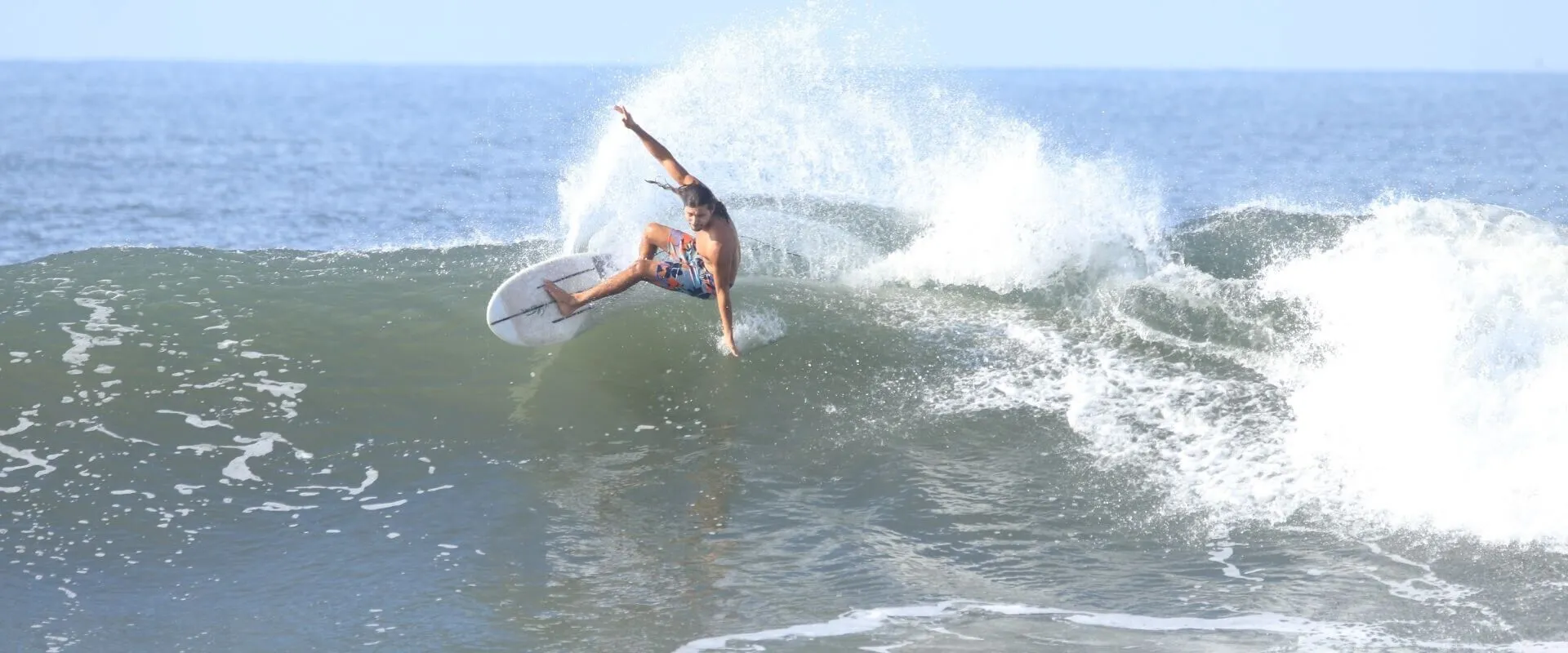
Modern Surfing and Surf Charters Today
Today, surfing continues to thrive as a global sport, supported by a vibrant industry of surf schools, competitive events, and surf charters/resorts. Surf charters and resorts play a crucial role in providing surf lovers access to some of the best waves around the world in comfort. There is a wide range of surf charters and resorts on offer, catering for all budgets and levels of surfers. Led by expert guides with local knowledge of the best surf spots, and sometimes even coaching to help you improve your skills.
The addition of luxury surf travel and eco-friendly surfing trips has also broadened the reach and appeal of surfing. Whether you are a beginner looking to catch your first wave or an experienced surfer chasing the perfect barrel, these surf charters and resorts make these experiences more accessible. They ensure safety, convenience, and often a touch of local culture. Plus, many are committed to sustainability, which is crucial as we continue to enjoy and protect our ocean resources.

Why AWAVE Travel is Your Best Surf Companion
As surfers ourselves, we understand what surf travelers are looking for. At AWAVE Travel, we’re dedicated to connecting you with the world’s best surfing experiences. Through our trusted network of surf charters and resorts, we ensure that every surf trip you embark on with us is tailored to your needs and selected for you. Ready to explore somewhere new? Let AWAVE Travel guide you to your next surf adventure, where the history, culture, and joy of surfing come alive. Join us, and score the waves of your life!

